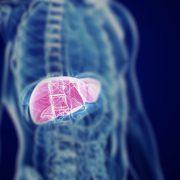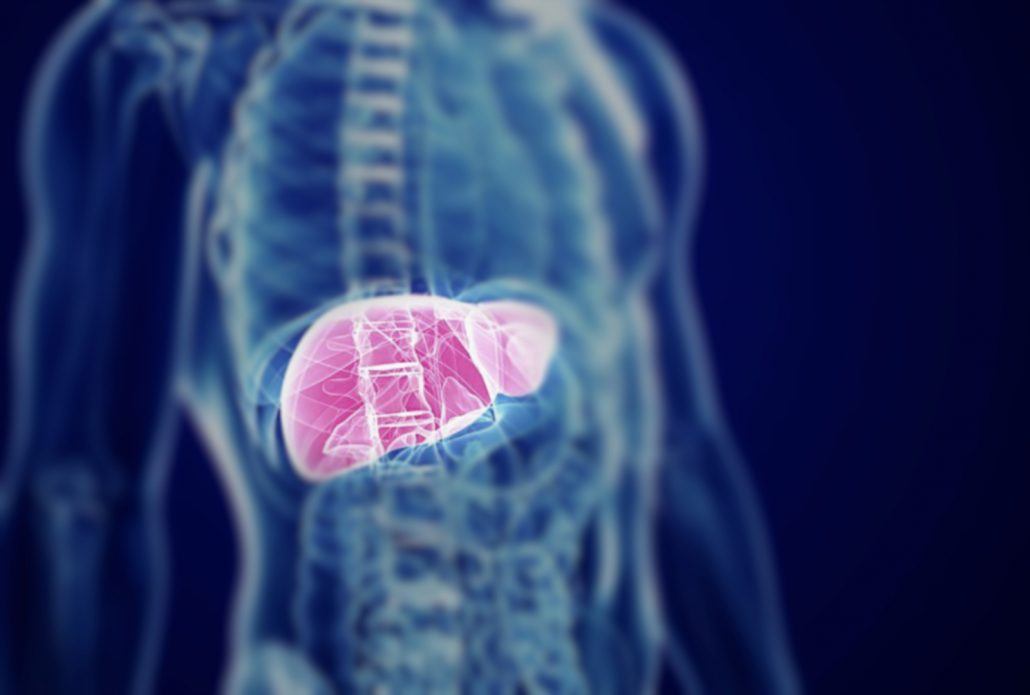Tag Archive for: vitamins and supplements
Skeletal muscle function largely depend on intact energy metabolism, stress response, and antioxidant defense mechanisms. CoEnzyme Q10 (CoQ10) has an essential function in the electron transport chain in the inner mitochondrial membrane, and is involved with cellular respiration and mitochondrial biogenesis. It is also known as an important antioxidant. Alpha-lipoic acid is synthesized in the mitochondria and plays a role in mitochondrial function. Alpha-lipoic acid and CoQ10 do not likely work in isolation, but synergistic activity of CoQ10 and ALA in muscle fibers are not well documented.
Researchers analyzed the effect of combined supplementation of alpha-lipoic acid (ALA) plus CoEnzyme Q10 (CoQ10) on a master switch of energy metabolism (PPARγ-coactivator α (PGC1α)), expression of glutathione-related phase II enzymes and glutathione (GSH) levels in cell culture.
The combination of nutrients significantly increased the levels of PGC1α, a master switch of energy metabolism and mitochondrial biogenesis. The combination also increased gene expression related to stress response, glutathione synthesis and recycling. The increase in glutathione was accompanied by an increase in Nrf2 protein levels.
Activation of PGC1α results in greater expression of slow-twitch muscle fibers which depend on increased mitochondrial biogenesis and oxidative metabolism as a main energy source. Physical exercise increases PGC1α activity, and aging is related to a decrease in PGC1α expression in skeletal muscle. A decrease in PGC1α impairs mitochondrial function which increases oxidative stress and depletes glutathione.
This research suggests that the combined supplementation of alpha-lipoic acid and CoQ10 may improve energy homeostasis, stress response, and antioxidant defense mechanisms.
Higher omega-3 fatty acid intakes improve many aspects of liver health in individuals with non-alcoholic fatty liver disease.
Non-alcoholic fatty liver disease (NAFLD) involves the excess accumulation of liver fat in the absence of alcohol consumption. It is defined by the presence of fat in more than 5% of liver cells. NAFLD is now one of the most common liver diseases worldwide. In Western countries and some regions of China, the prevalence of NAFLD is 15–39%.
Progression of NAFLD is associated with many factors. Including insulin resistance, oxidative stress, obesity, type 2 diabetes, and cardiovascular disease. NAFLD is considered to be associated with an excess of omega-6 fatty acids and a deficiency of omega-3 fatty acids in the diet. Unchecked, NAFLD can lead to significant liver damage, cirrhosis and death.
A meta-analysis was published in Gastroenterology Research and Practice. The researchers selected ten randomized controlled studies. The studies were on the effects of omega-3 fatty acids on participants with NAFLD or non-alcoholic steatohepatitis (a more serious condition that can develop from NAFLD). The average dose of omega-3 was 2.85 grams per day, consumed for an average of 12 months.
Analysis of the trials revealed over three times the odds of improvement in liver fat levels in association with omega-3 intake in comparison to control subjects. It was also linked to greater reductions in the liver enzyme GGT (which is elevated in liver damage), and improvements in both high-density lipoprotein (HDL) and triglyceride levels when compared to control subjects.
Since there is presently no registered drug for the treatment of NAFLD, researchers stated that intake of omega-3 fatty acids may be a new treatment option for NAFLD.
Thanks for sharing! Entering your USANA ID number creates a unique URL, which allows you to receive credit on referrals.
Here’s how it works: When the link is clicked, a cookie (if allowed) is created. Shopping buttons on applicable product pages will appear to the referred user. A click on these buttons passes your referral information to USANA’s Shopping Cart, tying purchases made on cookie-containing devices to you for 30 days. In addition, if a person clicks on this unique URL and then later visits USANA.com and makes a purchase (within 30 days), you receive credit for the sale.
Enter your ID now for these enhanced features.






